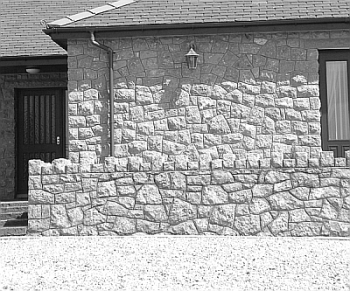
Click the above logo to return to the main site
Look up at the night sky in winter and one of the dominant constellations is Perseus, located in some of the brightest portions of the winter Milky Way. This Greek hero and son of Zeus is well known to classical scholars, but how familiar are the Celtic traditions associating this constellation with the god Lugh? According to Celtic calendar traditions, Lugh is the sun god who dies as the nights get longer after the summer solstice; a traditional feast in his honour was held on Lughnasahd or “Lammas” day on the first of August, a day marked in the old Celtic pictographic calendar with a bow-and-arrow shape. As Lugh was the primary god representing the red sun, his name in common parlance would have been “Coch Rhi Ben” anglicised to “Cock Robin” – a leftover from the belief that souls became birds after death. This idea is still sustained in the old folk song “Who Killed Cock Robin” in which the sparrow kills him with “my bow and arrow”, the sparrow here representing Bran, the tanist incarnation or opposite of Lugh – the god of winter
Polygonal masonry is a technique of stone construction of the ancient Mediterranean world. True polygonal masonry is a technique wherein the visible surfaces of the stones are dressed with straight sides or joints, giving the block the appearance of a polygon.
This technique is found throughout the Mediterranean and sometimes corresponds to the less technical category of Cyclopean masonry.
In Italy it is particularly indicative of the region of Latium, but it occurs also in Etruria, Lucania, Samnium, and Umbria; Some notable sites that have fortification walls built in this technique include Norba, Signia, Alatri, Boiano, Circeo, Cosa, Alba Fucens, Palestrina, and Terracina. The so-called Porta Rosa of the ancient city of Velia employs a variant of the technique known as Lesbian masonry.
https://en.wikipedia.org/wiki/Polygonal_masonry
Does dry-stone walling count?


TisILeclerc wrote: I assume Lesbian Masonry is not some secret society with rituals?

Polygonal walls have fascinated me ever since I found a British Standard for Polygonal Masonry whilst researching "Dry Stone Walling". That of course refers to mortared work such as the cladding shown on the house (left, Gaerwen, Ynys Mon).
http://www.dry-stone.co.uk/Pages/Books/ ... gonal.html
Users browsing this forum: Bing [Bot] and 27 guests